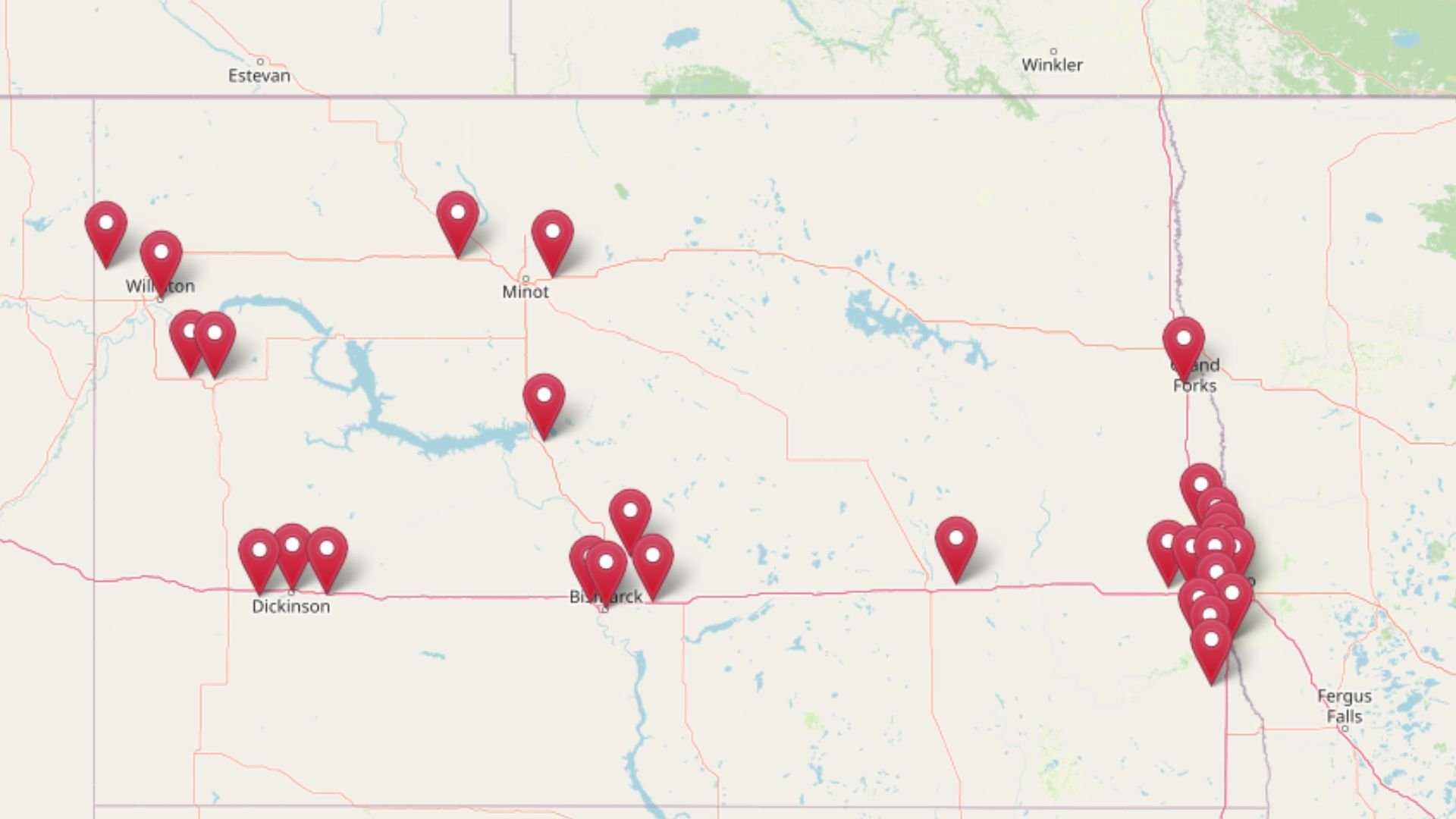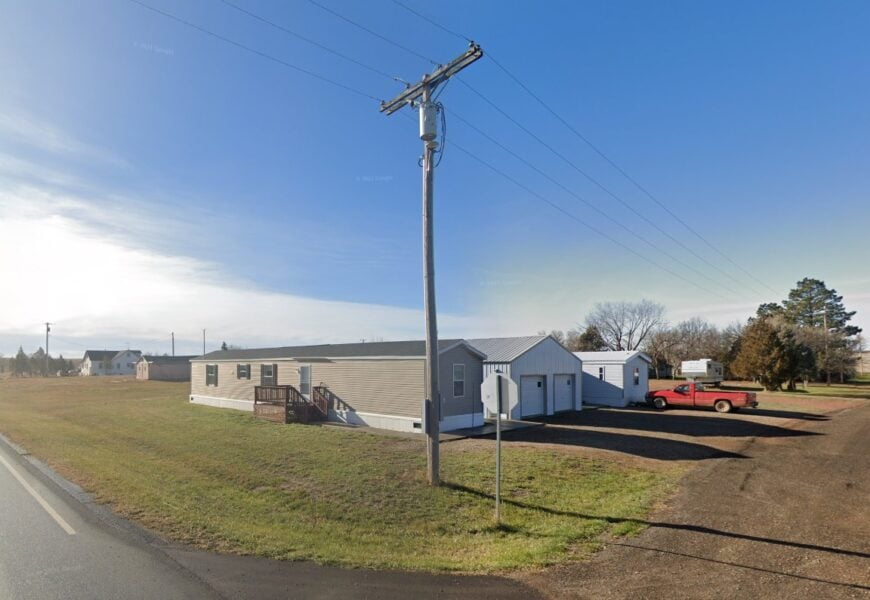
If you’re looking to escape the hustle and bustle of city life, Western North Dakota offers some of the most secluded and charming towns I’ve ever encountered.
Nestled amidst rolling hills, vast plains, and stunning natural landscapes, these hidden gems provide a peaceful retreat where you can truly disconnect and soak in the serenity of rural living.
From historical sites to open skies, each town has its own unique allure that makes it a perfect getaway for those seeking solitude. Join me as I count down my top 25 secluded towns in this tranquil corner of the state.
25. Fortuna
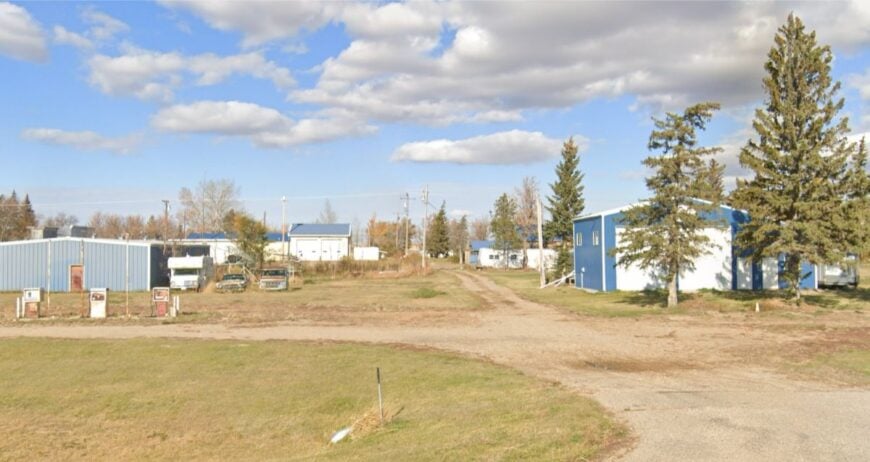
Fortuna sits at the far northwestern lip of North Dakota, a last-stop town where wheat waves meet an enormous sky. Its seclusion is both geographic and emotional—borderland quiet, few services, and long, empty roads that end at the Canadian line.
The vibe is plainspoken and kind: a handful of streets, a grain elevator, and sun-faded storefronts that still remember busier days. Spend a morning photographing old rail relics, glassing for pronghorn on the uplands, or casting into prairie potholes alive with ducks.
Fall brings sandhill cranes and big skies the color of burnished brass; winter hush settles like a blanket. Agriculture and cross-border ranch work keep the lights on, but nothing disturbs the quiet for long. It’s the kind of place where a passing train becomes the day’s major event.
Where is Fortuna?
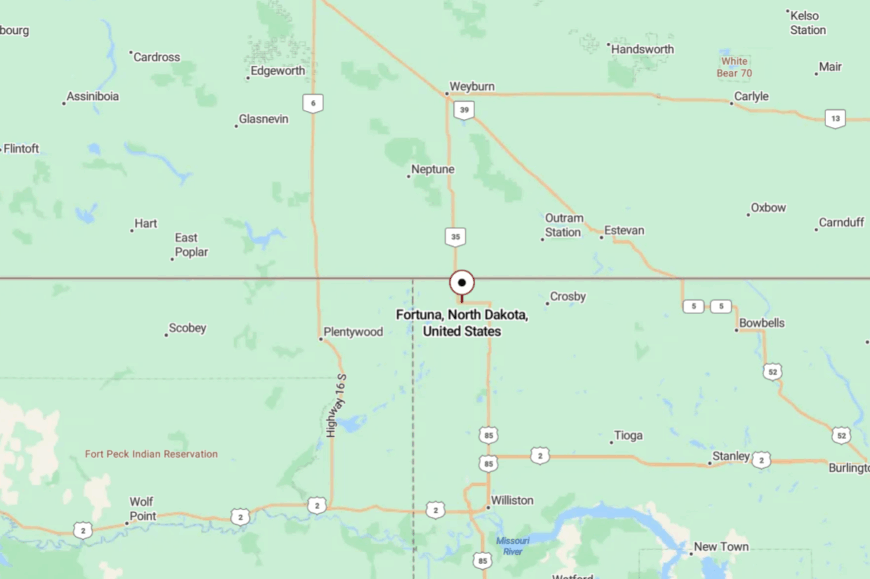
Tucked into Divide County at the extreme northwest corner of the state, Fortuna sits roughly 85 miles northwest of Williston. You reach it on two-lane highways and county roads that skim the Canadian border and drift through open pasture.
With no interstates nearby, traffic thins to pickups and grain trucks. It’s close to the line, but far from everything else—just enough distance to feel gone.
24. Ambrose
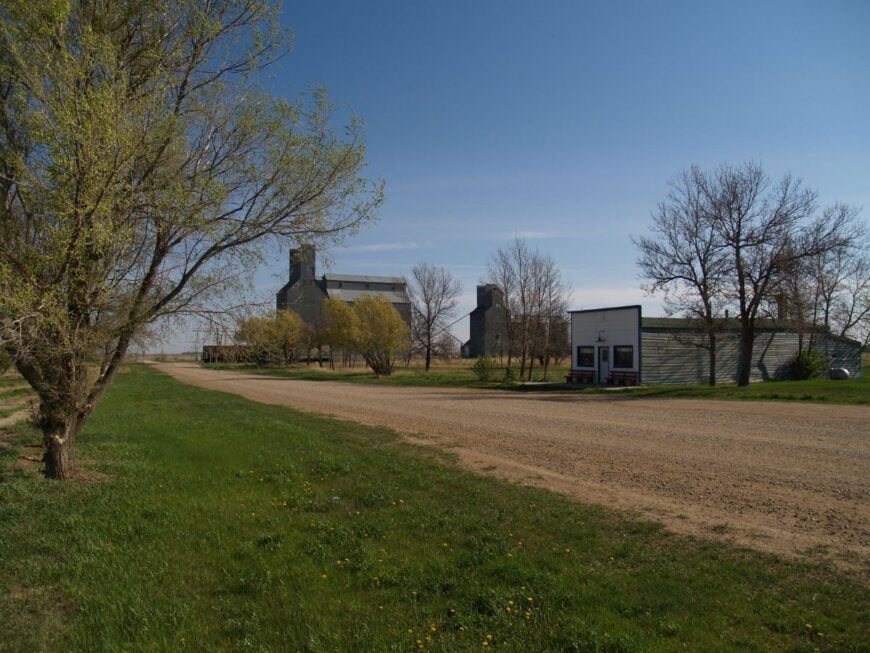
Ambrose keeps company with the border and the wind, a tiny grid softened by shelterbelts and sheltering clouds. Seclusion here is natural: very few residents, long distances between neighbors, and the prairie’s habit of swallowing sound.
The town feels quietly historic—old signs, a classic water tower, and streets where you can hear your footsteps. Wander for vintage photos, watch hawks tilt over stubble fields, or follow gravel out to sloughs bright with cattails.
Ranching and farming define the workday; evenings are all pastel skies and porch talk. The stillness is so steady it starts to feel like a companion.
Where is Ambrose?
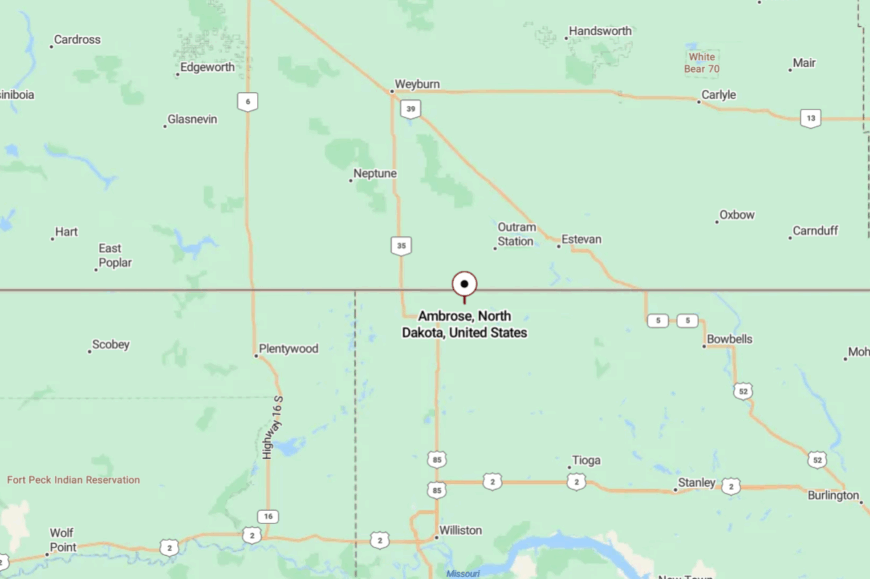
You’ll find Ambrose in northern Divide County, about 20 miles west of Noonan and a short jog south of the border. Most visitors arrive via ND-42 or county roads that ease through rolling fields.
There’s no quick route—just patient ribbons of asphalt. By the time you pull in, the world has already quieted.
23. Noonan
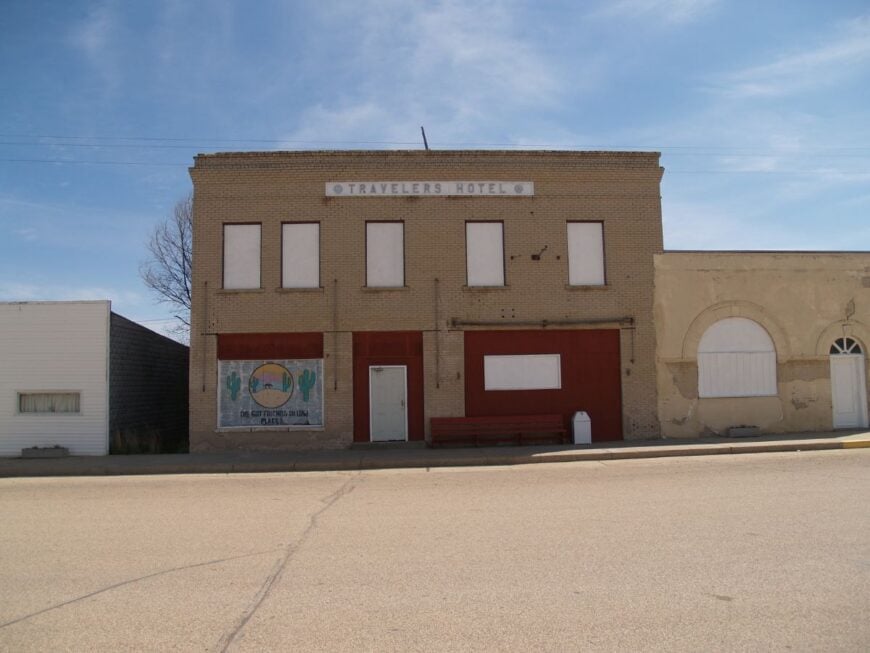
Noonan is a border prairie town where elevators rise like steeples and the streets keep their own unhurried time. Its seclusion comes from distance and a dwindled footprint—few businesses, big sky, and the soft hum of agriculture in every direction.
The mood is modest and sturdy: painted porches, tidy alleys, and a ballfield open to the wind. Bring a camera for prairie light, watch for whitetails at dusk, or day-trip to nearby wildlife production areas for birding.
Grain, ranch work, and a handful of trades steady the economy. The silences are wide and welcoming, like a handshake held a second longer.
Where is Noonan?
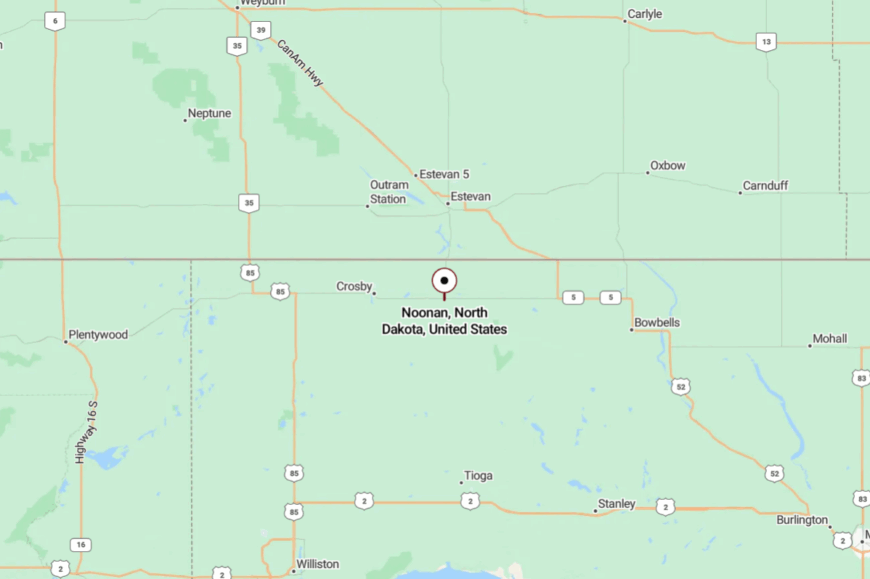
Set in northeastern Divide County near the Canadian line, Noonan lies about 30 miles north of Crosby and 80 miles north of Williston. Access comes by way of ND-5 and quiet county routes that cross open range.
There’s little signage and less traffic. It’s close enough to find, but far enough to feel secret.
22. Wildrose
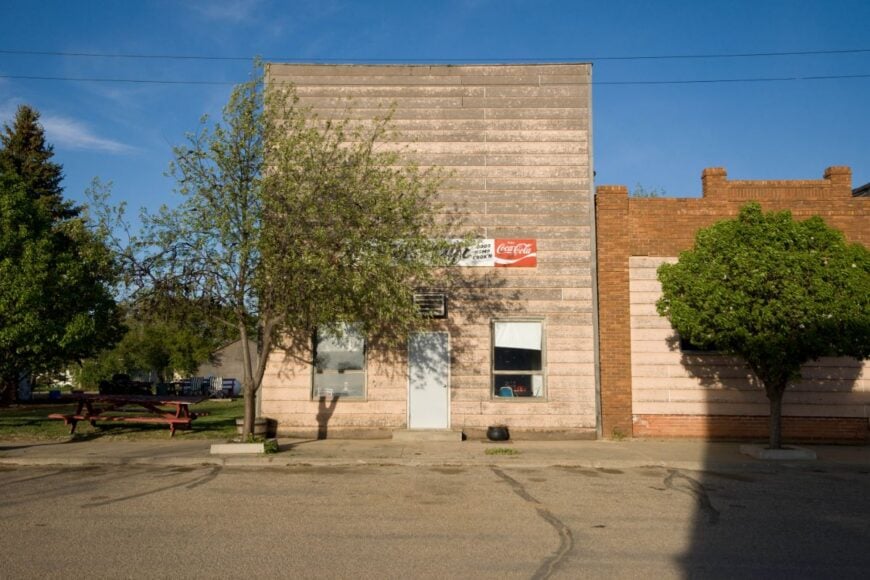
Wildrose lives up to its name, small and sweet on the prairie with streets that bloom into wheat and sky. Seclusion is written into the map: no interstates, minimal amenities, and long looks in every direction.
The town vibe is friendly and spare—church bells, a café counter, the soft clank of farm gear in the distance. Drop a line in local ponds, hunt pheasant along shelterbelts (in season), or drive sunset loops where the horizon runs unbroken.
Farming and oilfield support ebb and flow, but the quiet remains. It’s a place where you remember how far sound can travel on wind.
Where is Wildrose?
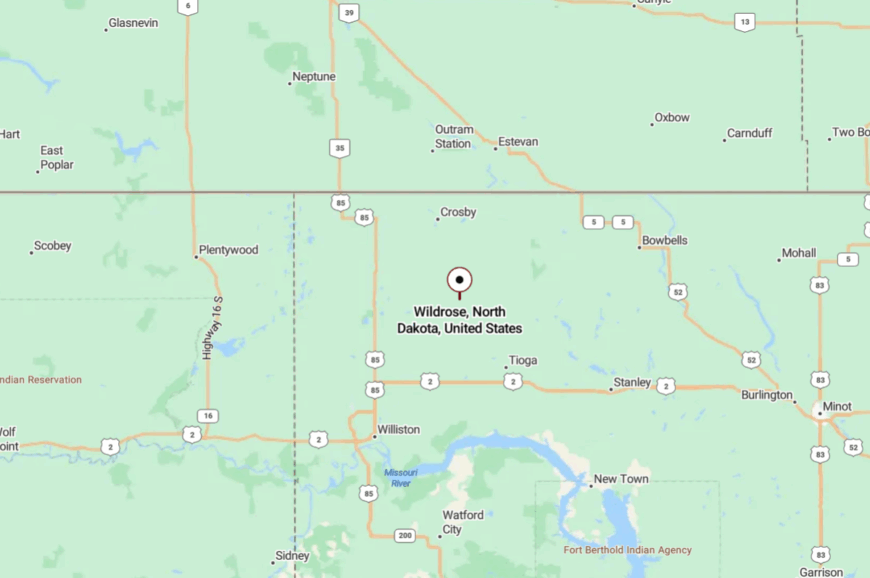
Wildrose sits in northwestern Williams County, about 30 miles north of Tioga and 60 miles northwest of Williston. You reach it via ND-40 and county roads that taper into open country.
The final miles pass granaries and hay bales, not billboards. When the pavement narrows, the stillness widens.
21. Alamo
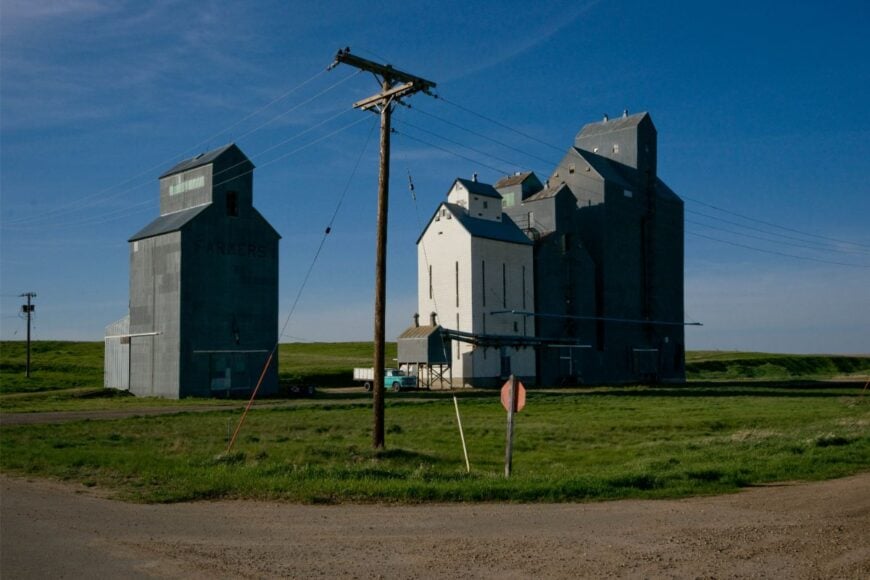
Alamo is a handful of streets tucked into Williams County pasture, a prairie cul-de-sac where the sky does most of the talking. Its seclusion comes from small scale and long distances—few neighbors, few noises, and miles of wheat between front doors.
The feel is honest and homespun: pickups by the café, kids on bikes, dogs napping in yard shade. Birders scan for upland game birds, anglers scout stock dams, and photographers chase evening alpenglow over grain bins.
Agriculture drives the day; friendships carry the rest. You come for a look and end up staying for the quiet.
Where is Alamo?

North of Williston by about 40 miles, Alamo rests near the Montana line on a web of county roads. The usual approach is ND-50 to smaller byways that loosen into the prairie.
There’s no hurry built into the route. Pastures open like pages until the town appears, small and sure.
20. Epping
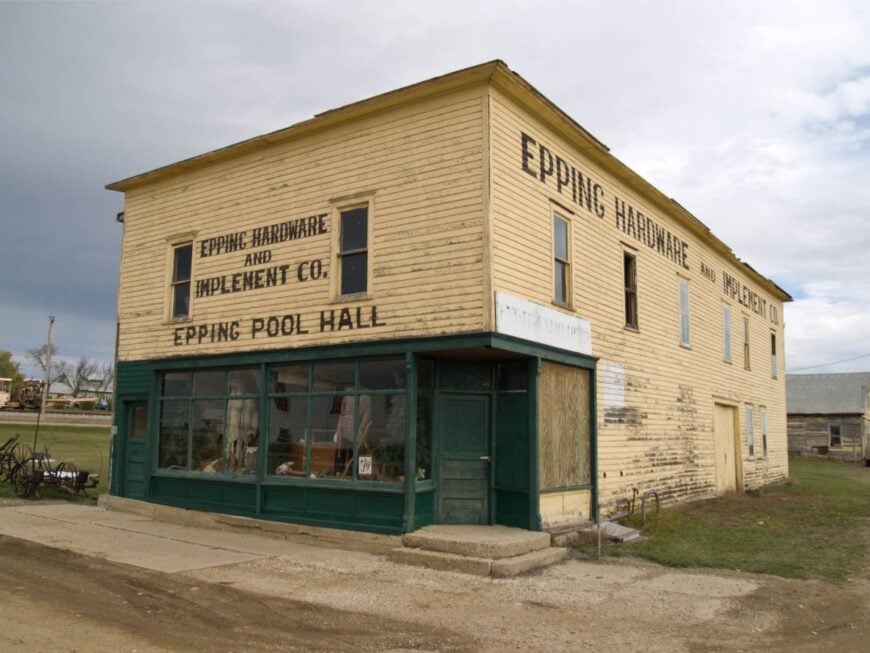
Epping feels like a rail-side whisper along the prairie, where freight rolls by and the town rolls on at its own pace. Seclusion lives in its low population, light traffic, and the surrounding patchwork of fields and coulees.
The mood is classic prairie: tidy houses, wide streets, and evenings that stretch. Watch trains from a safe distance, spot deer at the edge of stubble fields, or drive to nearby Lake Sakakawea for a bigger horizon of water and wind.
Grain and commuting to Williston share the workload. It’s the sort of place where sunsets look like they were painted for you alone.
Where is Epping?
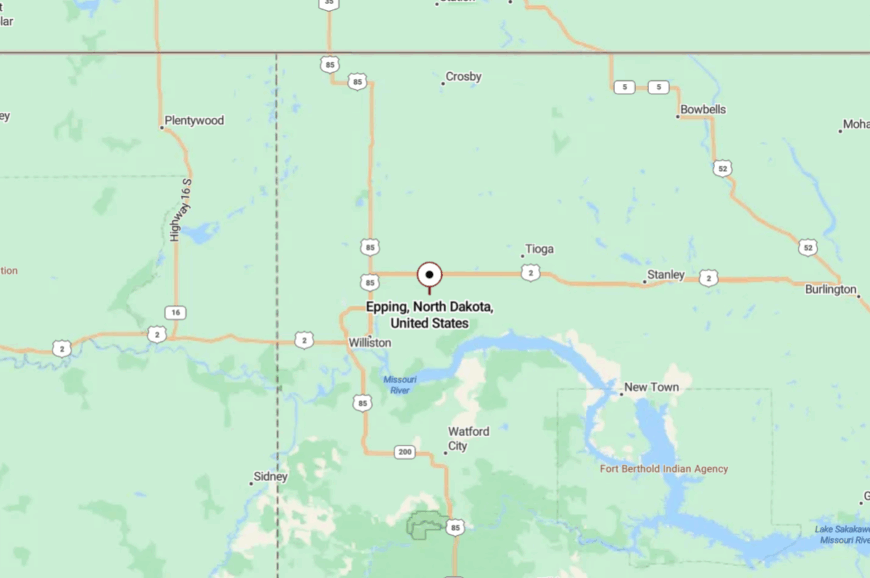
Epping sits in eastern Williams County, roughly 20 miles east of Williston along U.S. 2. The highway gets you close, then quiet local streets do the rest.
There’s just enough distance from the bustle to ease your shoulders. By the time you park, the prairie has already begun its lullaby.
19. Keene

Keene is more crossroad than town, a calm center between wide ranchlands and the badlands’ first broken edges. Its seclusion is anchored by distance: long stretches between services and a night sky not dimmed by much of anything.
The vibe is ranch-country practical—feed stores, quiet yards, and pickups dusted with the day’s work. Drive out to the Little Missouri breaks, watch mule deer tiptoe across draws, or head to Fort Berthold overlooks for sweeping lake views.
Oil and ranching both leave their mark, but sound still carries like a radio turned low. It’s a good place to remember what undisturbed feels like.
Where is Keene?
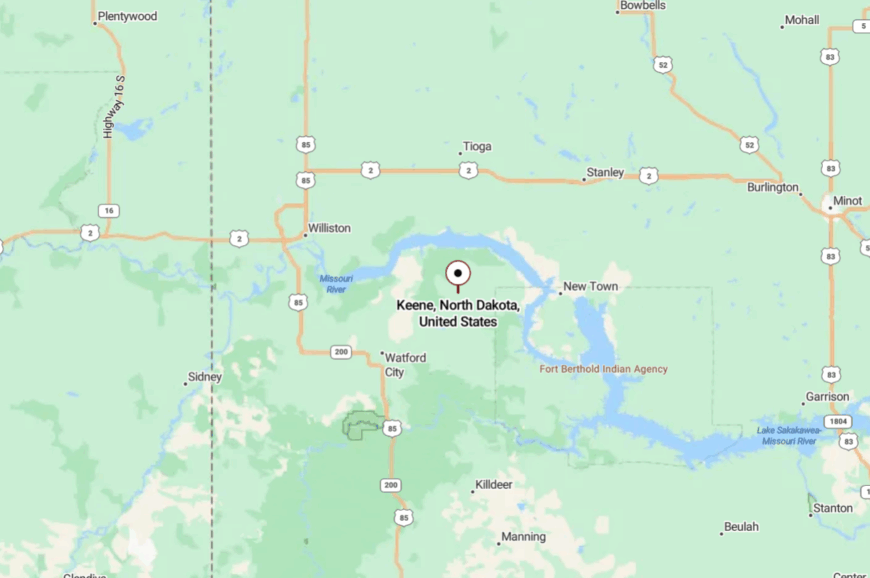
Keene lies in central McKenzie County, about 35 miles southeast of Watford City. You reach it via ND-23 and ND-1806, then smaller roads that wander toward the breaks.
The route trades towns for pasture in a hurry. By arrival, you’re already speaking prairie softly.
18. Alexander

Alexander sits where trucks hum by on U.S. 85, yet the neighborhoods feel tucked just out of the stream. Seclusion comes from scale—modest blocks, big sky, and prairie distances that swallow noise as soon as it’s made.
The mood is working-rural: diners pouring bottomless coffee, kids pedaling to the park, and grain trucks shouldering past on their way to harvest. Visit the small museum, watch storms build over the flats, or take a sunset drive toward the
Yellowstone’s cottonwood ribbons. Agriculture and energy support the town, but evenings belong to quiet porches. It’s close to the road and still a world apart.
Where is Alexander?
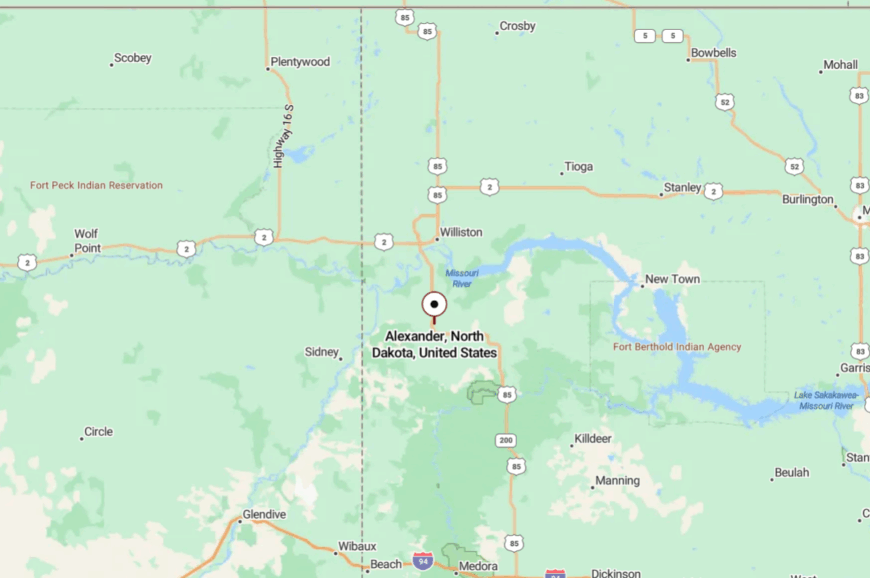
In southern McKenzie County, Alexander is about 25 miles south of Williston along U.S. 85. The highway brings you in quickly, then the pace slips into residential calm.
Turn a block or two off the main and the noise fades. The prairie does the rest.
17. Dunn Center
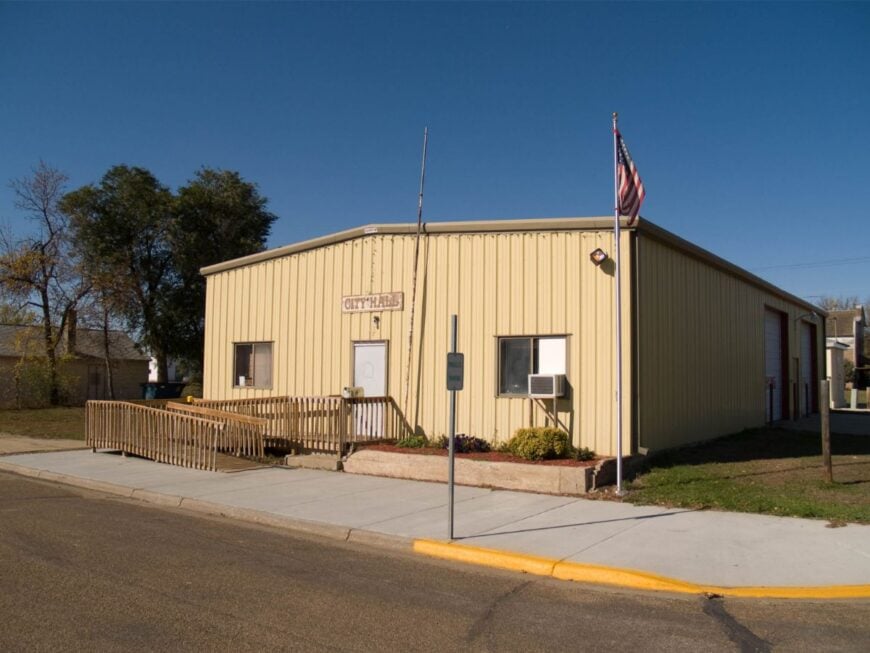
Dunn Center folds neatly into the foothills north of Lake Sakakawea, a small town framed by grass and gentle buttes. Its seclusion is geographic—miles from interstates and tucked behind the rolling breaks of Dunn County.
The vibe is neighborly and outdoorsy: anglers towing boats, birders glassing the flats, and families lingering at the park after supper. Fish nearby reservoirs, roam the Little Missouri grasslands, or visit the Dunn County Museum’s pioneer exhibits.
Agriculture and recreation share the work; sunsets share the glory. It’s the kind of quiet that carries across water.
Where is Dunn Center?
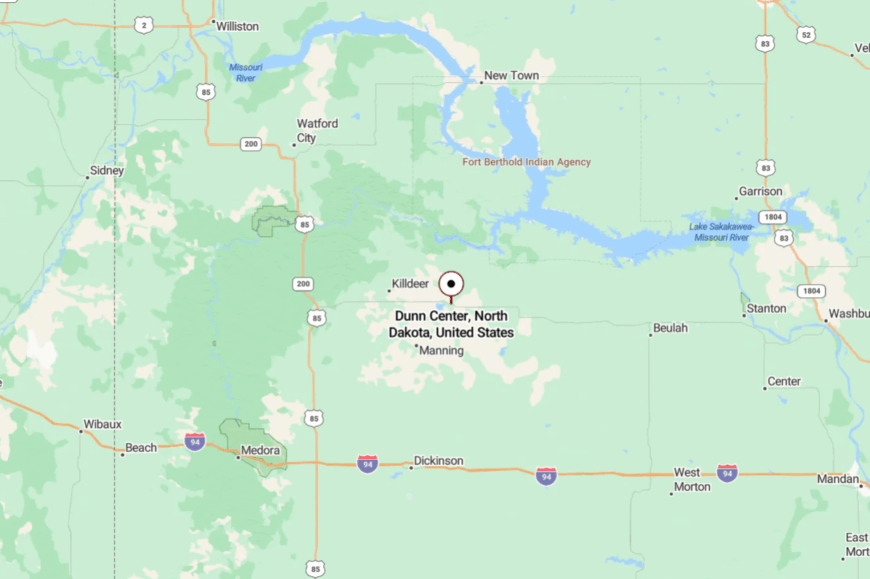
The town sits in west-central Dunn County, about 10 miles west of Halliday and 45 miles north of Dickinson. ND-200 and county roads lace the last miles through ranch country.
The drive sheds traffic fast. When the hills open, the town appears like a harbor in grass.
16. Halliday
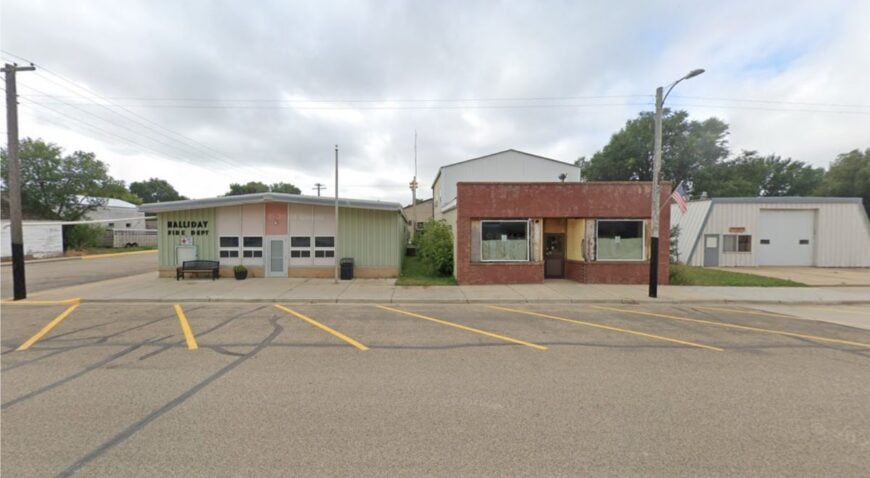
Halliday feels like a homestead stitched to the prairie—shelterbelts, big gardens, and a main street that prefers first names. Seclusion comes from two-lane approaches and long gaps between towns; you can drive for minutes without seeing another vehicle.
The mood is warm and unhurried: coffee at the café, a wave from a passing pickup, and church bells that mark the hour. Hunt upland fields (in season), fish small lakes to the south, or day-trip to Knife River Indian Villages for deep history.
Farming and ranching set the calendar. Evening light turns the town to honey and the horizon to fire.
Where is Halliday?
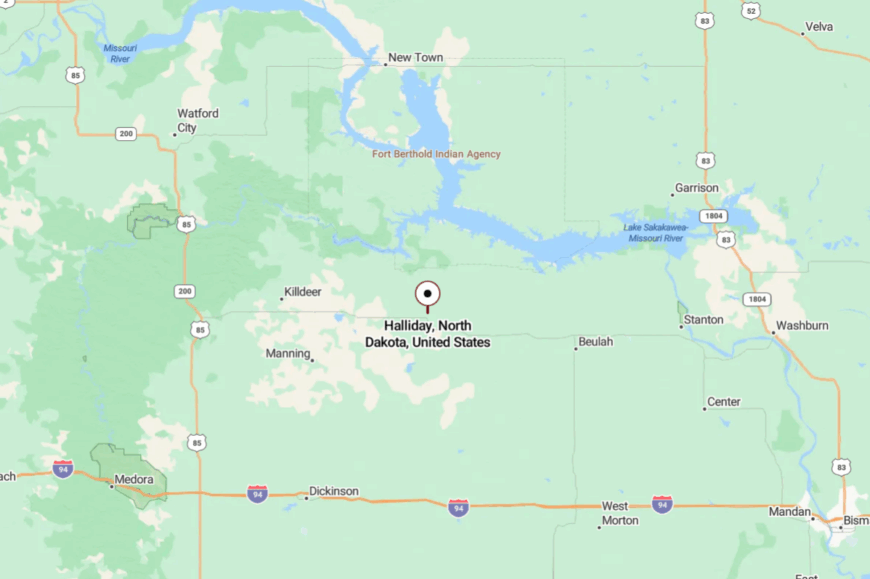
Halliday is in eastern Dunn County along ND-200, roughly 30 miles east of Killdeer and 55 miles north of Dickinson.
The approach is all rolling pasture and tidy fields. No interstates, no rush—just easy miles. By the city limit sign, you’ve already slowed to local time.
15. Killdeer
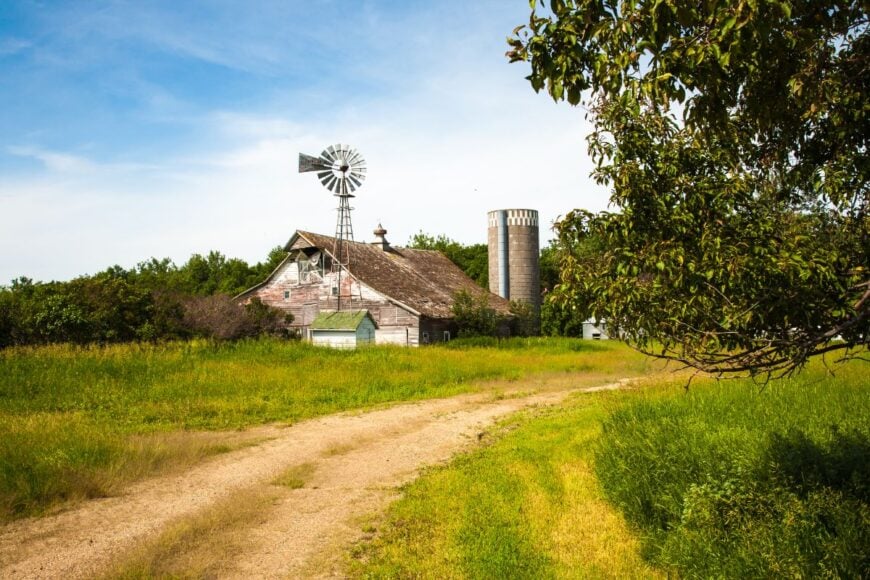
Killdeer stands at the doorway to the badlands, where buttes rise and the wind draws maps in grass. Its seclusion is shaped by landscape—broken country to the west, few towns to the north, and a sense that the plains lean back here.
The vibe mixes ranch grit with trail-town spirit: rodeo pride, murals, and trucks dusted with red earth. Hike the Killdeer Mountain trails, drive the Scenic Byway, or watch a rodeo under a wide sky.
Ranching, energy, and small businesses share the load, but nights are for crickets and coyotes. It’s a place that reminds you how big “nearby” can be.
Where is Killdeer?
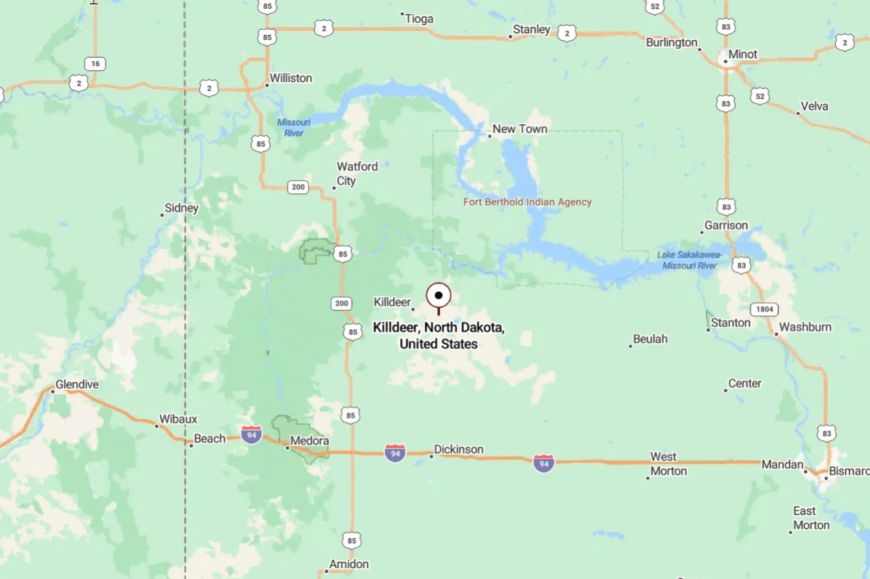
Killdeer lies in central Dunn County, about 35 miles north of Dickinson via ND-22. You’ll roll past wheat, coulees, and the first ruffled edges of the breaks.
The road narrows to two lanes and your pace follows suit. At town, the buttes feel close enough to touch.
14. Taylor
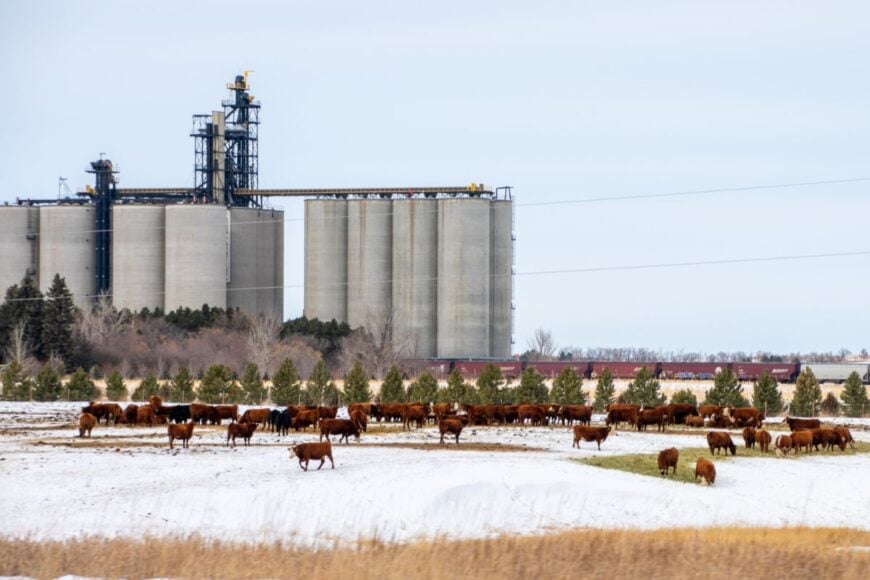
Taylor is a pocket of calm beside the Heart River, its streets shaded and its tempo neighborly. Seclusion comes from being a step off I-94 and a world away in feeling—quiet blocks, tidy porches, and starry skies.
The vibe is small-town classic: a grain elevator for a landmark, a café for local news, and kids on bikes at dusk. Cast a line in the river, photograph vintage storefronts, or detour to nearby Patterson Lake for trails and water.
Farming and commuting to Dickinson keep life steady. When the evening train murmurs by, the town feels like a postcard come alive.
Where is Taylor?

Set in eastern Stark County, Taylor is about 10 miles east of Dickinson and a mile north of I-94. Exit the interstate and slide onto local roads that curve alongside the river.
The highway noise fades fast. In a few turns, you’re in a place that keeps its own soft clock.
13. Richardton

Richardton gathers around the spires of Assumption Abbey, where prairie wind moves through stone cloisters and wheat. Seclusion is part monastery hush, part small-town distance: modest traffic, big sky, and long looks across the Heart River breaks.
The town vibe is contemplative and kind—abbey bells, tidy gardens, and neighbors who wave from pickups. Visit the abbey gift shop, walk the grounds, birdwatch along the river, or picnic under cottonwoods.
Agriculture and the abbey anchor the rhythm. It’s a quiet that settles like a blessing.
Where is Richardton?

Richardton sits in eastern Stark County, about 25 miles east of Dickinson along I-94. The interstate brings you near, then a short glide through town feels like stepping off a moving walkway.
Streets slow, voices drop. The prairie seems to kneel around the abbey.
12. Beach
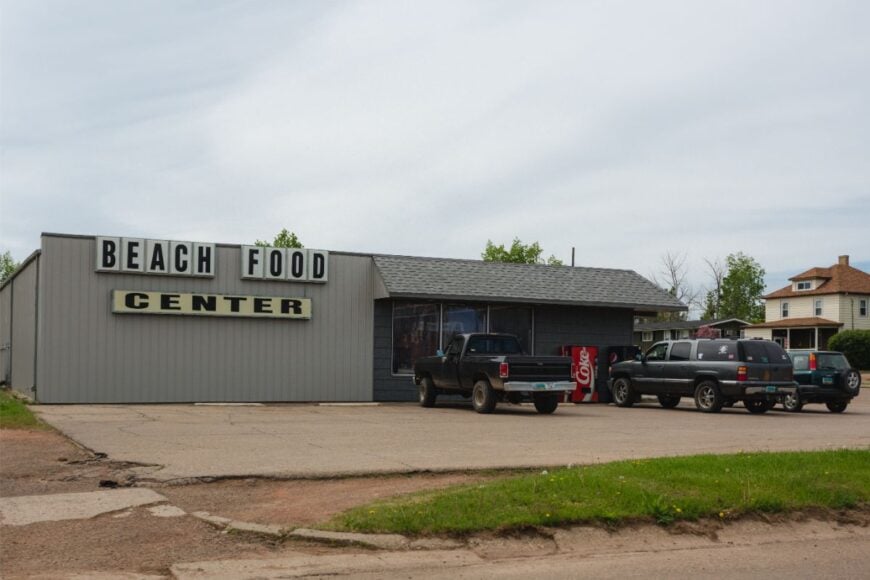
Beach is the last easy breath before Montana, where a friendly main street meets the rim of the badlands. Its seclusion comes from the edge-of-the-map feeling: fewer lights, bigger stars, and traffic that’s mostly passing through.
The vibe is vintage western—murals, a classic theater, and shops that smell of coffee and saddle soap. Walk the historic district, hunt agates on gravel backroads, or wander into the nearby grasslands for pronghorn and big horizons.
Farming and travel services share the load, but nights are quiet enough to hear the wind change. It’s a town that keeps frontier manners and prairie calm.
Where is Beach?

Beach lies in Golden Valley County just east of the Montana line, about 30 miles west of Medora on I-94. Exit the interstate and the pace drops to first names and easy smiles.
A few blocks off the highway, the badlands shoulder up against the sky. Close to the road, but far from the rush—that’s Beach.
11. Medora

Medora tucks into a badlands amphitheater, a storybook western town that turns hushed the moment summer crowds thin. Its seclusion is pure geology—painted buttes, winding draws, and the Little Missouri shouldering past like time itself.
The vibe blends trail dust and charm: boardwalks, porch chairs, and the smell of juniper after rain. Hike Theodore Roosevelt National Park’s overlooks, ride a horse into the coulees, or linger in the museum galleries when the air goes golden.
Tourism is the lifeblood, but off-season the town belongs to wind and stars. It’s the kind of place that convinces you the land remembers everything.
Where is Medora?

Medora sits in Billings County along I-94, about 35 miles west of Dickinson at the south unit entrance to Theodore Roosevelt National Park. The interstate gets you close, then buttes and a tight valley cradle the town out of the breeze.
Streets bend with the river and disappear into color-banded hills. It’s close enough for a day trip, yet far enough to feel like you’ve stepped off the clock.
10. New Leipzig: A Touch of Germany in Seclusion

With a population of just around 200 people, New Leipzig is a quaint town that exudes a charming German heritage. I love visiting during their annual Oktoberfest, where you can immerse yourself in authentic German music, food, and traditions.
The main industries here revolve around agriculture, especially sunflower farming, which paints the fields in vibrant hues. What makes New Leipzig secluded is its peaceful streets and the feeling that time moves a bit slower, allowing you to truly relax and enjoy the simple pleasures of life.
Where is New Leipzig?
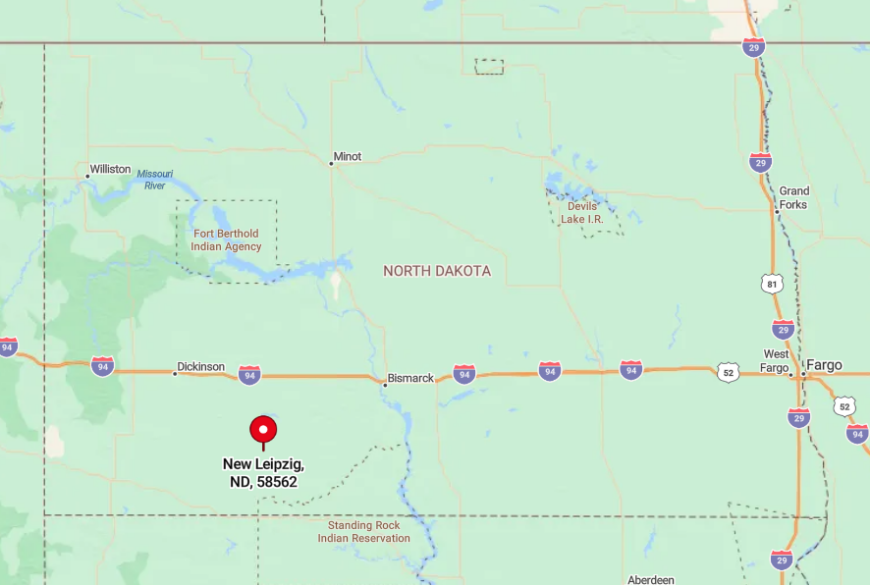
Located in Grant County, New Leipzig sits quietly in the plains of Western North Dakota. Its seclusion is enhanced by the vast stretches of farmland that surround it, making it feel miles away from the nearest urban center.
To get there, I usually take Highway 21 west from Elgin, enjoying the gentle landscapes along the way. The town’s remote location means you’ll rarely encounter heavy traffic, adding to its tranquil atmosphere.
9. Almont: Hidden Away in the Plains
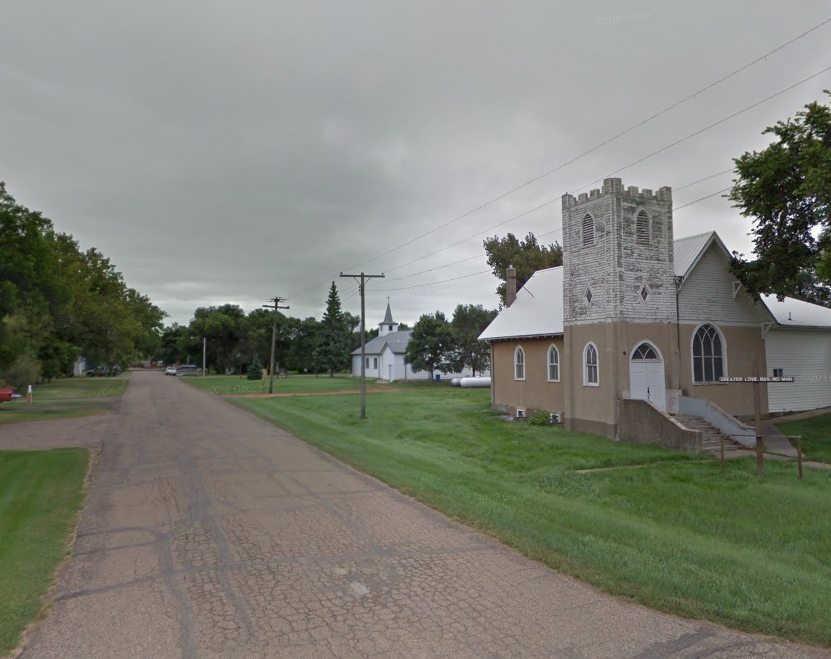
Almont is a tiny town with an approximate population of 120 residents, offering a serene escape amid the sweeping plains. One of my favorite activities here is exploring the nearby trails and immersing myself in the expansive natural surroundings.
The town is primarily supported by ranching and farming, contributing to its rustic charm. Almont’s low population density and minimal commercial development make it an ideal spot for those craving solitude and a deep connection with nature.
Where is Almont?
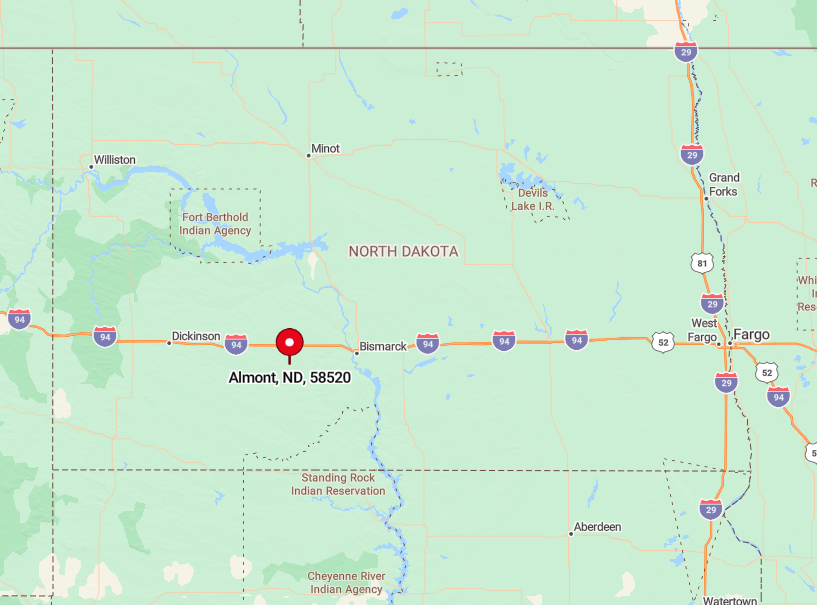
Nestled in Morton County, Almont is tucked away off the beaten path, adding to its secluded feel. It’s about 40 miles southwest of Mandan, and I usually drive along County Road 86 to reach this peaceful haven.
The town’s isolation is accentuated by the rolling plains that stretch as far as the eye can see, offering unobstructed views of the horizon. The journey to Almont is a calming experience in itself, setting the tone for a quiet retreat.
8. Arnegard: Quiet Life in McKenzie County

Arnegard, with a population of approximately 150 people, is a small community that embodies the essence of rural living. I enjoy visiting the local parks and taking leisurely walks through the tranquil streets.
The town has seen some activity from the oil industry, but it still maintains a peaceful atmosphere. What sets Arnegard apart is its spacious lands and the sense of openness that surrounds it, making it feel wonderfully secluded from the fast pace of city life.
Where is Arnegard?
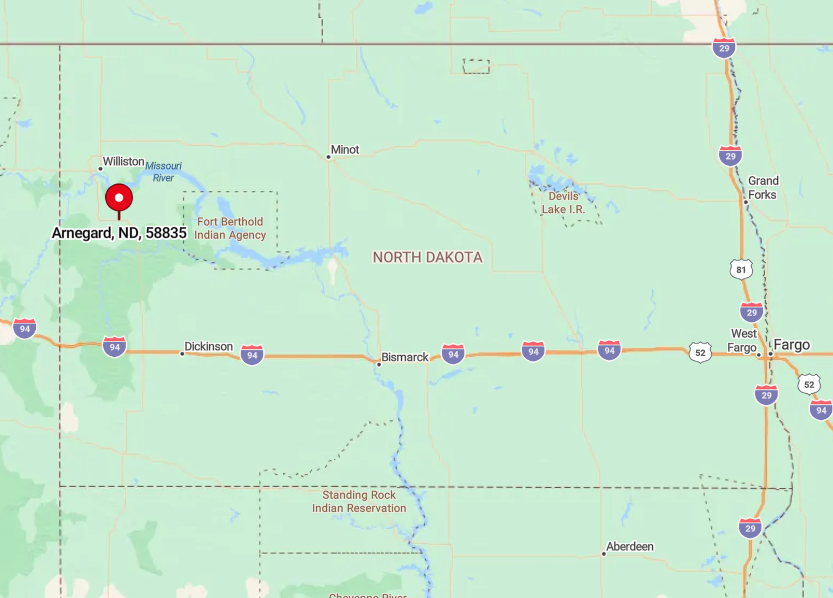
Situated in McKenzie County, Arnegard lies along U.S. Highway 85, but you’d hardly notice it unless you’re looking for it. Its seclusion comes from being nestled between vast stretches of prairie and farmland.
I often drive west from Watford City to reach Arnegard, enjoying the scenic views along the way. The town’s remote location and minimal traffic make it a perfect spot for those seeking a quiet environment.
7. Cartwright: Along the Yellowstone River
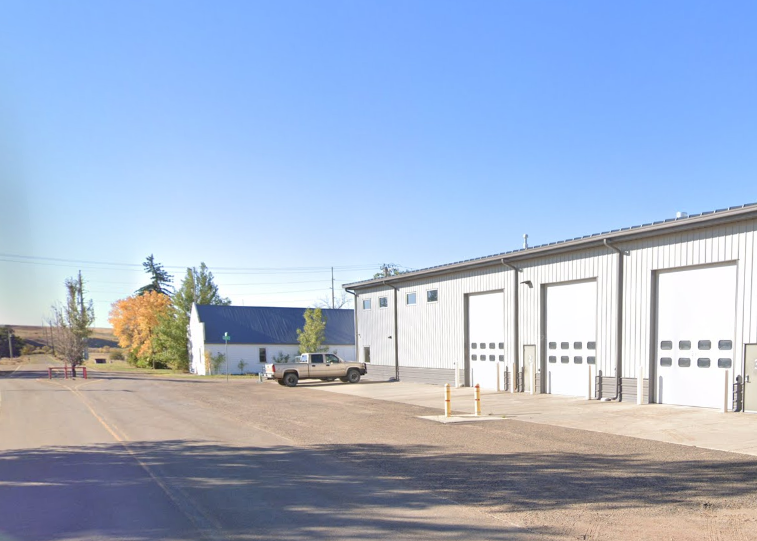
Cartwright is a charming unincorporated community where the population hovers around 30 residents. One of the highlights for me is spending time by the Yellowstone River, which offers fishing and picturesque picnic spots.
The area is steeped in history, with the Fairview Lift Bridge and Cartwright Tunnel nearby—hidden gems that history buffs would appreciate. Cartwright’s sparse population and riverside location contribute to its serene and secluded ambiance.
Where is Cartwright?
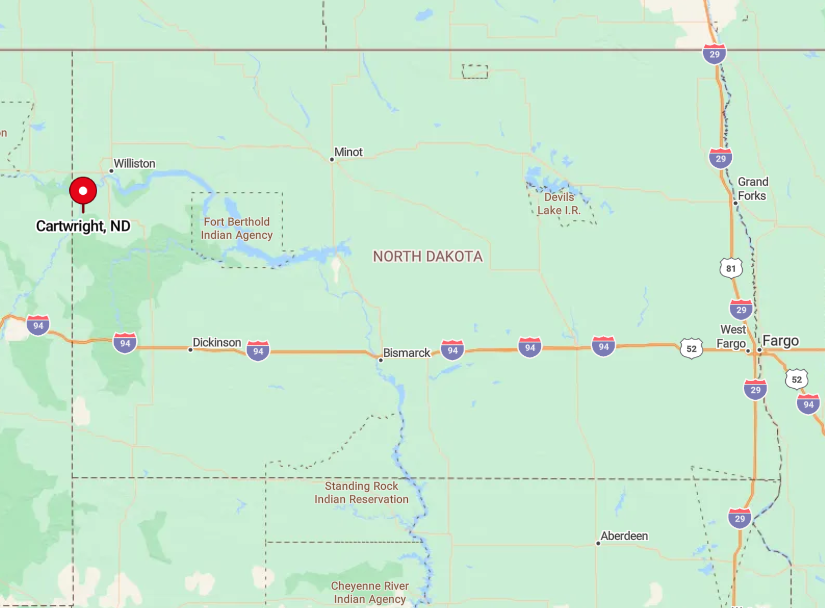
Located in McKenzie County near the Montana border, Cartwright sits quietly along the Yellowstone River. Its seclusion is heightened by the surrounding badlands and the river, which acts as a natural barrier from the outside world.
To get there, I take Highway 200 west from Fairview and enjoy the rugged landscape that defines this part of North Dakota. The peaceful drive sets the stage for the tranquility you’ll find upon arrival.
6. Amidon: America’s Smallest County Seat

Amidon proudly holds the title of the smallest county seat in the United States, with a population of around 20 people. Despite its size, the town offers a unique charm, and I always make it a point to visit the nearby White Butte—the highest point in North Dakota.
The main industries are ranching and some local government services due to its county seat status. Amidon’s isolation and the surrounding open spaces make it a perfect spot for those who appreciate quiet and simplicity.
Where is Amidon?
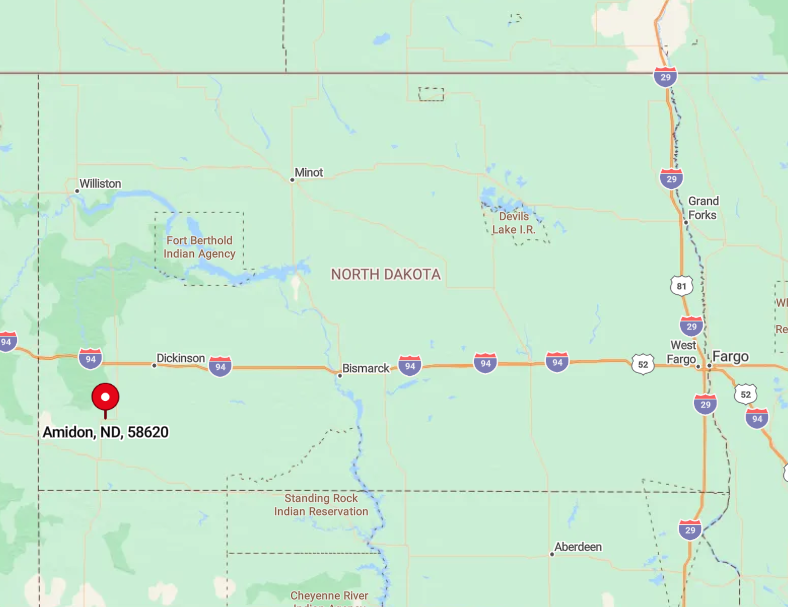
Found in Slope County along U.S. Highway 85, Amidon is nestled between vast stretches of prairie and rugged badlands. Its secluded nature is due in part to the natural barriers like the Cedar Creek and the nearby hills that envelop the town.
I usually reach Amidon by heading south from Belfield, and the lack of heavy traffic always adds to the peaceful journey. The town’s remote location offers unobstructed views of the sky—a real treat for stargazers like me.
5. Grassy Butte: Unincorporated Serenity
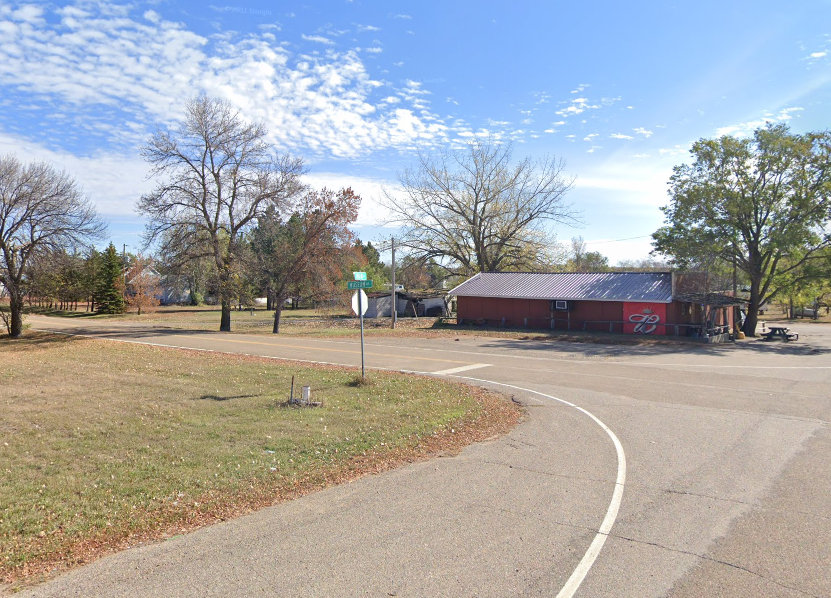
Grassy Butte is an unincorporated community with an estimated population of around 25 people. I find its proximity to the Theodore Roosevelt National Park makes it a fantastic base for hiking and wildlife viewing.
The area is primarily supported by ranching, and the open landscapes offer a sense of freedom. Grassy Butte’s remote location and the absence of urban development contribute to its serene and secluded environment.
Where is Grassy Butte?

Located in McKenzie County, Grassy Butte sits east of Highway 85, surrounded by rolling hills and grassy plains. Its seclusion is enhanced by the vast natural spaces that separate it from larger towns.
I usually take a scenic drive north from Belfield, enjoying the quiet roads that lead to this hidden gem. The town’s off-the-main-road location means you can enjoy uninterrupted peace and the beauty of untouched nature.
4. Golva: Peaceful Living with Open Skies

Golva is a small town with a population of about 65 residents, offering a peaceful retreat with its expansive skies and tranquil surroundings. I enjoy visiting the local community center and chatting with friendly locals who embody genuine North Dakota hospitality.
Agriculture is the mainstay here, with wheat and cattle farming prevalent. Golva’s low population density and lack of commercial noise make it a perfect spot for those seeking a quiet, rural lifestyle.
Where is Golva?
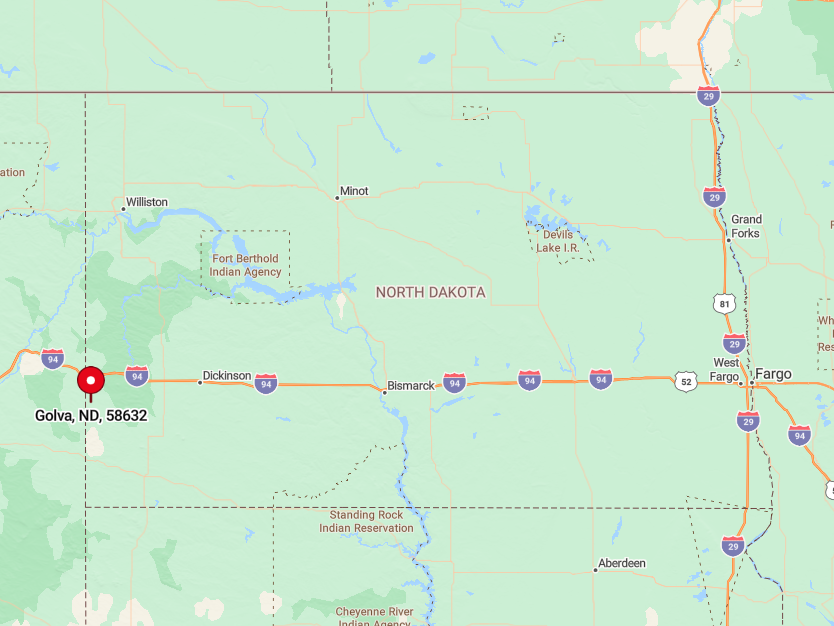
Nestled in Golden Valley County, Golva is located near the Montana border along Highway 16. The town’s seclusion is due to its distance from major highways and urban centers.
I often drive south from Beach, appreciating the rolling plains that accompany me on the journey. The remote location ensures that Golva remains a peaceful enclave where you can truly unwind.
3. Marmarth: Historical Charm in a Quiet Setting

Marmarth, with a population of approximately 140 people, is rich in history and offers a quaint, quiet setting. I love exploring the historic Mystic Theatre and the remnants of early 20th-century buildings that tell tales of the past.
The town was once a bustling railroad hub, but now, the main industries are ranching and some tourism. Marmarth’s secluded nature comes from its location along the Little Missouri River and the surrounding badlands, providing a peaceful backdrop for relaxation.
Where is Marmarth?

Located in Slope County on the southern border with Montana, Marmarth is tucked away along U.S. Route 12. Its isolation is accentuated by the rugged terrain of the badlands that encompass the area.
I usually reach Marmarth by driving west from Bowman, enjoying the dramatic landscapes that define this region. The town’s out-of-the-way location makes it a perfect escape for history enthusiasts and nature lovers alike.
2. Rhame: Rural Retreat Far from Urban Hubs

Rhame is home to about 160 residents and offers a tranquil rural retreat away from the noise of city life. I enjoy visiting the nearby Shadehill Recreation Area for fishing and picnicking. The town’s economy revolves around agriculture and oil, but it maintains a peaceful atmosphere.
What makes Rhame secluded is its spacious surroundings and the large lot sizes that provide plenty of room to breathe and enjoy the prairie landscape.
Where is Rhame?
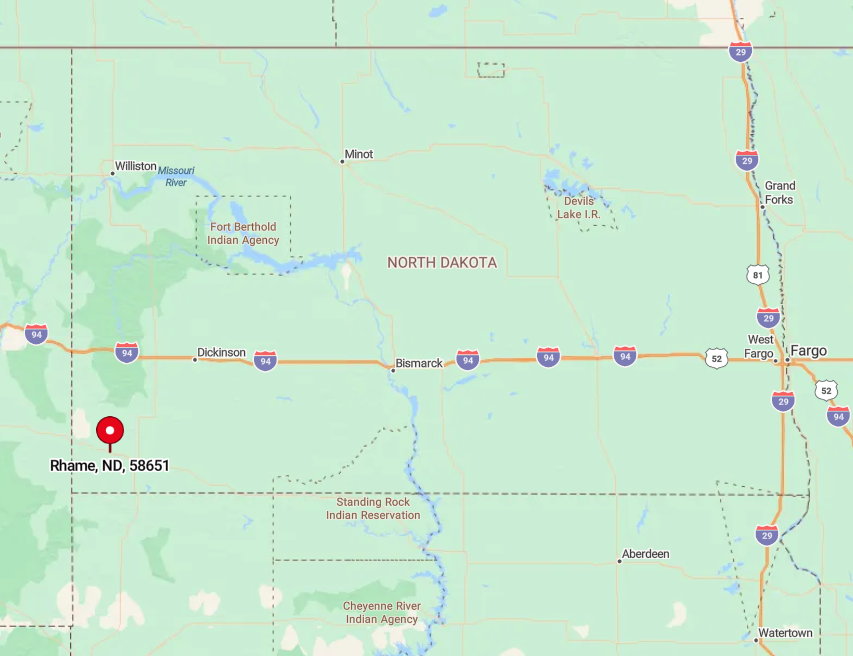
Situated in Bowman County, Rhame lies along U.S. Highway 12, surrounded by expansive farmland. Its seclusion stems from the distance to larger cities and the vast open spaces that envelop it.
I typically head west from Bowman to reach Rhame, relishing the quiet drive through the countryside. The town’s remote setting is ideal for those looking to immerse themselves in the serenity of rural North Dakota.
1. Sentinel Butte: Hidden Gem Amidst Rolling Hills

Sentinel Butte is a tiny town with a population of around 60 people, nestled amid picturesque rolling hills. I find the nearby Sentinel Butte—a prominent butte from which the town gets its name—a fantastic spot for hiking and taking in panoramic views of the landscape.
The main industries here are ranching and farming, contributing to its authentic rural charm. Sentinel Butte’s secluded feel comes from its quiet streets and the vast natural surroundings that make it a perfect getaway.
Where is Sentinel Butte?

Located in Golden Valley County, Sentinel Butte sits just south of Interstate 94, yet feels worlds away from the hustle of highway travel. Its seclusion is enhanced by the surrounding badlands and open prairie, which create a peaceful buffer from urban noise.
I usually take Exit 10 off I-94 and head south, enjoying the immediate transition into tranquil scenery. The town’s off-the-beaten-path location makes it a true hidden gem in Western North Dakota.


